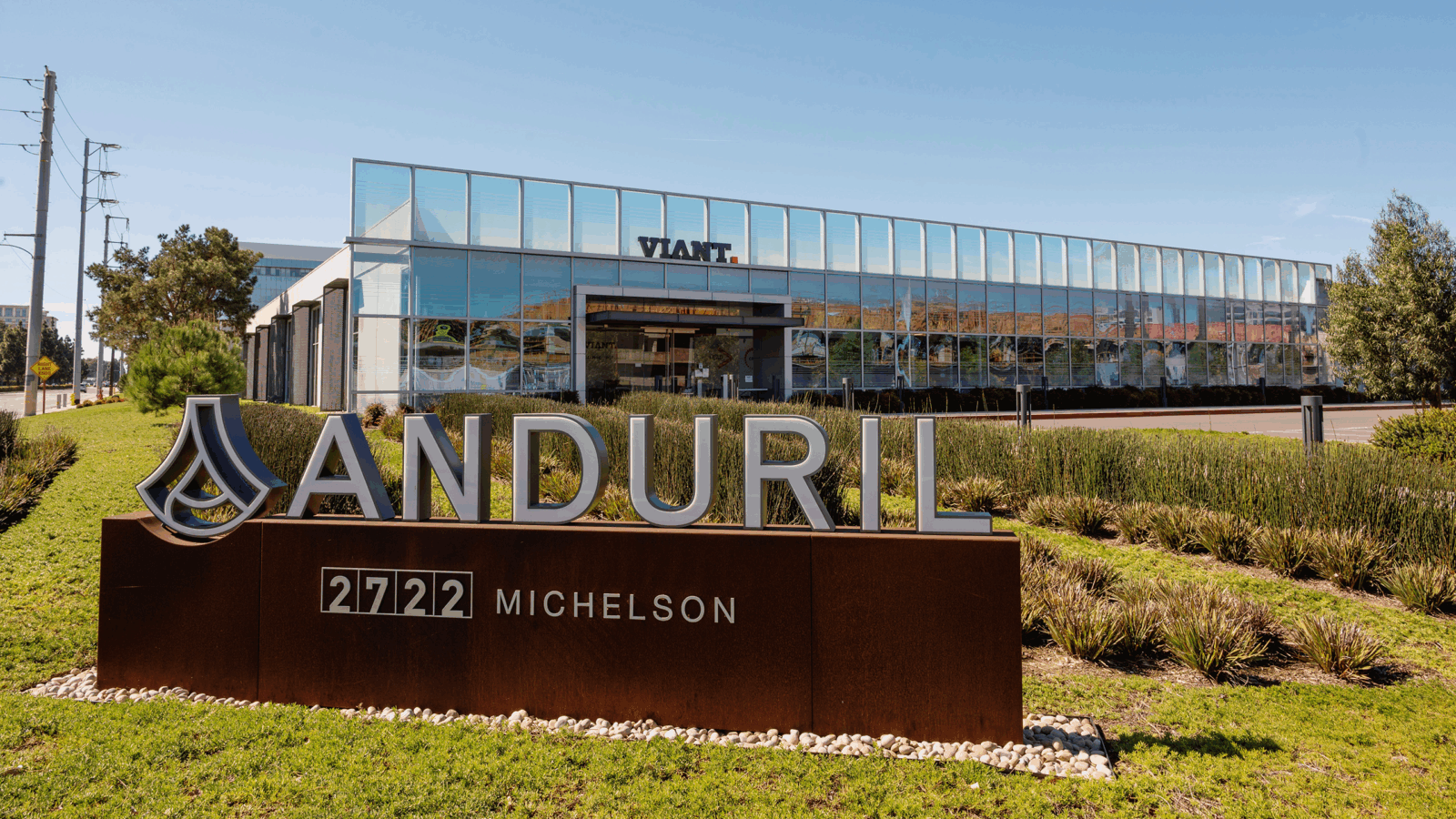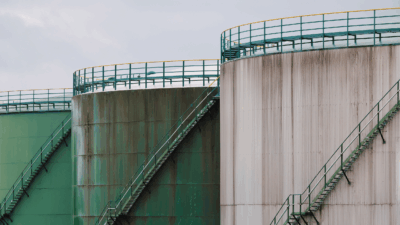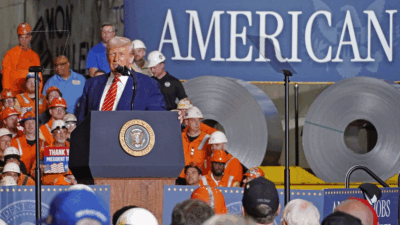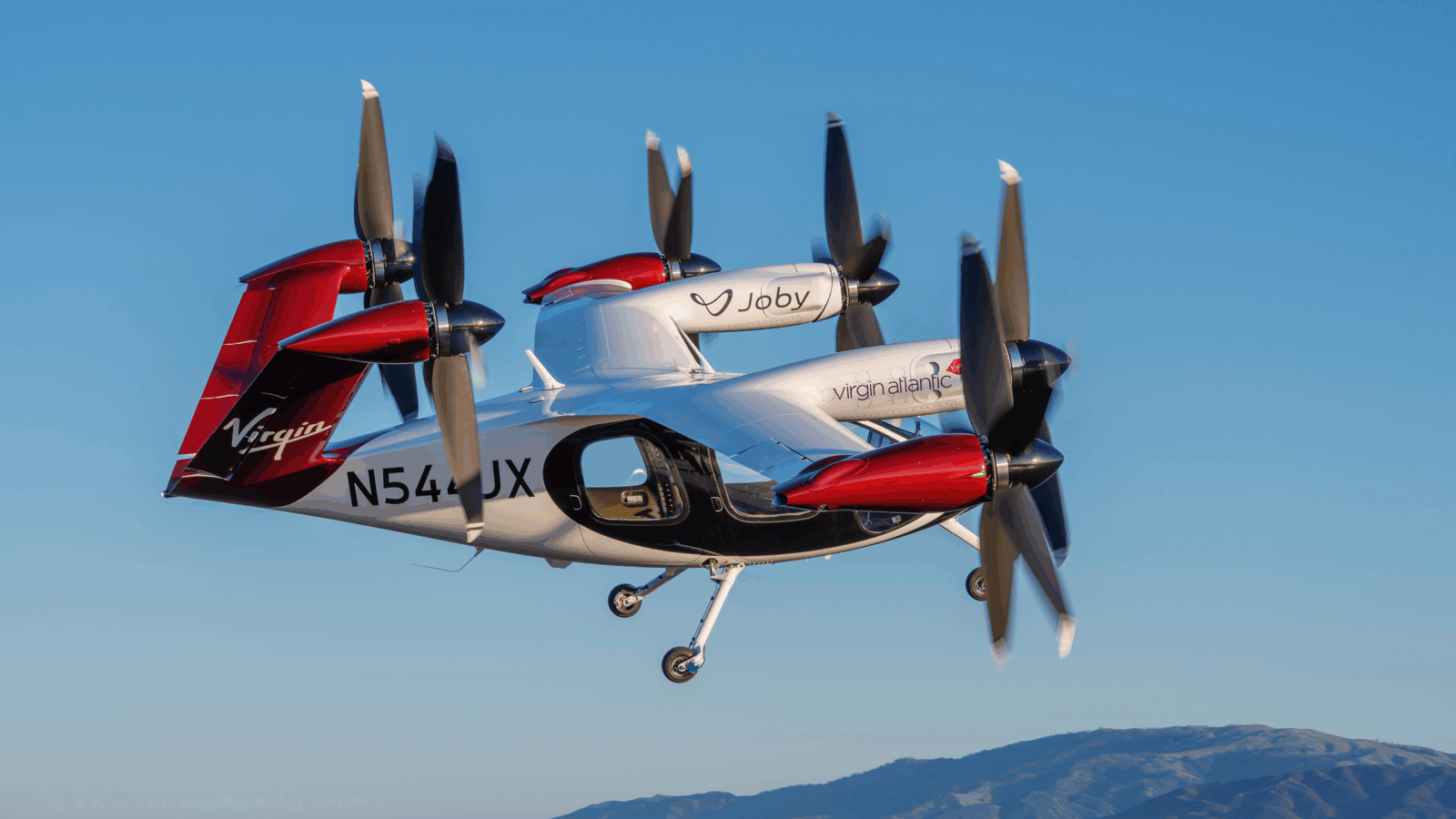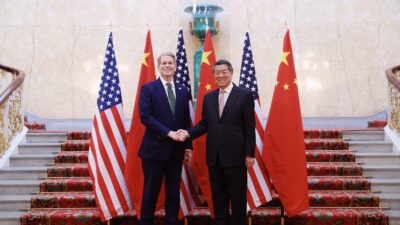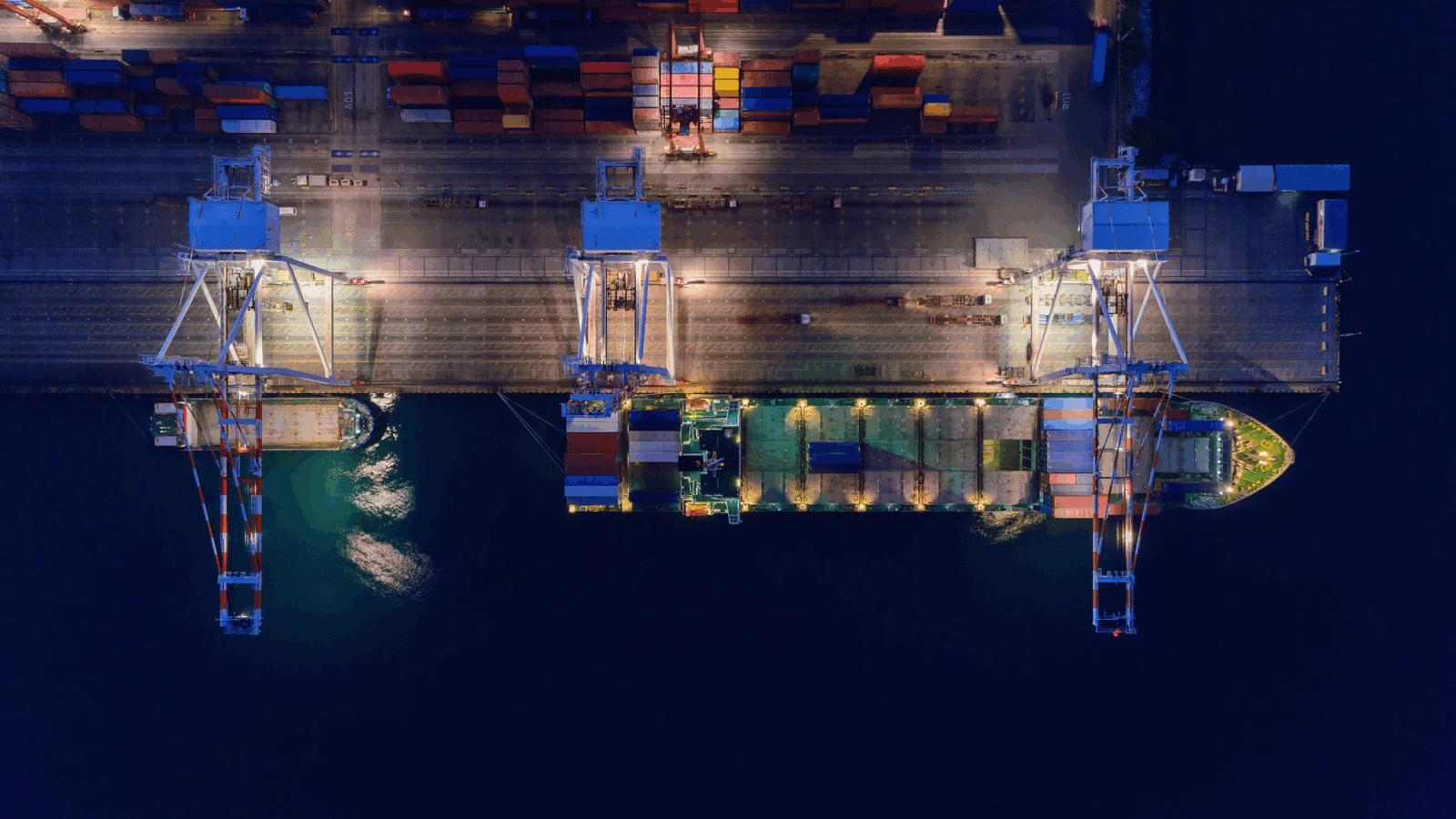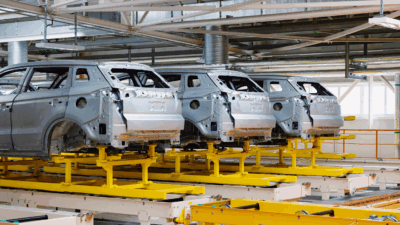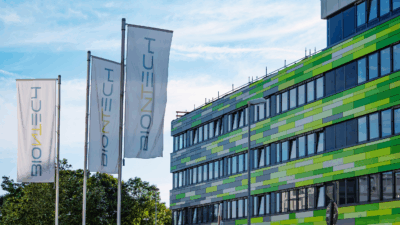The World’s Largest Mining Operation Is Finally Ready to Break Ground
The world’s largest mining project is expected to get off the ground this year — and it only took about three decades.
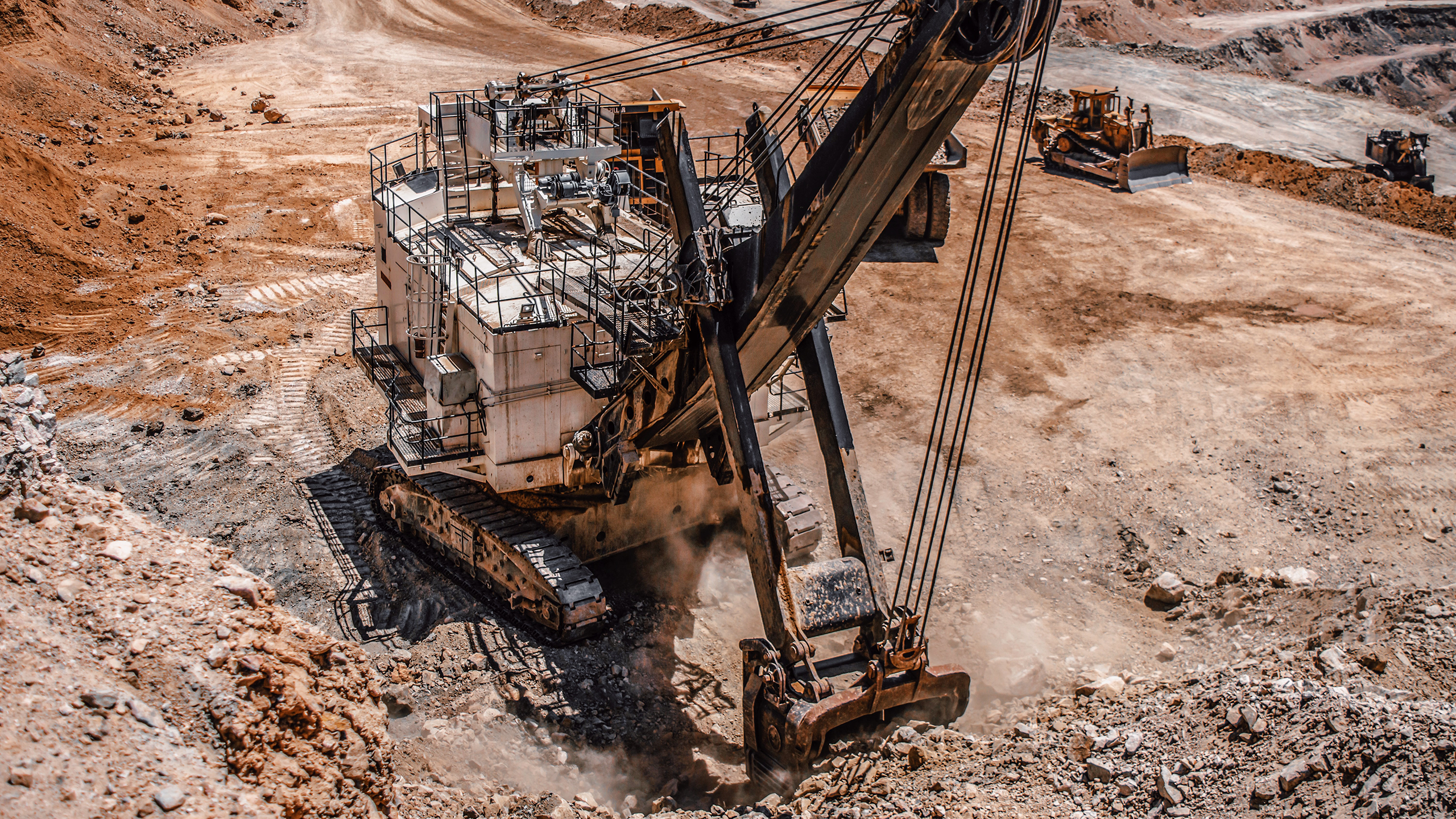
Sign up for smart news, insights, and analysis on the biggest financial stories of the day.
In a far-flung part of West Africa, the world’s largest mining project is expected to get off the ground this year — and it only took about three decades.
The $20 billion iron ore, rail, and port development operation in Guinea — to be led by mining giant Rio Tinto, the Guinean government, and other companies, including five from China — could be the key to decarbonizing steel production, the Financial Times reported.
A Few Years Later…
UK-listed Rio Tinto first secured an exploration license in the Simandou mountains back in 1997 — when the first Harry Potter book was just hitting store shelves. But a few obstacles got in the way: legal disruptions, funding issues, and even a few stray coups against the Guinean government. But now, Rio Tinto’s state-owned Chinese partner Chinalco is expected to receive final investment approvals from Beijing soon and construction of the mine can finally begin.
The project comprises two iron mines, a nearly 400-mile rail system, and a port off the coast of Guinea’s capital city of Conakry. Rio Tinto executive Bold Baatar told the FT that because most of the world’s easily accessible ore has been excavated over the past 100-plus years, mining projects need to be more complex, which in turn means more expensive and requiring multiple backers. “The capital number is so big for any single party,” he said. Rio Tinto’s share of the project could cost $6.2 billion.
Not only is the scale of the operation unheard of, but it could be a major proving ground for greener steel production:
- Traditionally, steel requires heating iron ore in a blast furnace alongside materials like coke, a porous fuel derived from coal, but that’s generally a very dirty process. The sector has been experimenting by treating iron ore with hydrogen and carbon monoxide instead, which can reduce emissions but requires high-grade iron ore. Luckily, the Simandou mountains are full of what Baatar called “the caviar of iron ore.”
- Steelmaking creates about 8% of global emissions, and China is responsible for much of that, producing roughly 1 billion tons of steel in 2022. Baatar told the FT that China’s decarbonizing of its steelmaking process would be one of the biggest steps toward decarbonizing the entire industry.
Any Takers? While Rio Tinto & Co are ready to drop huge money on this project, other mine operators are looking to shed some weight. Canada’s First Quantum Minerals, which deals mostly in copper, is looking to sell its stake in its Zambian operations, Reuters reported. The rumored offer comes after Panama foreclosed on the company’s mine in the Central American nation, which cut First Quantum’s market value by more than half.
